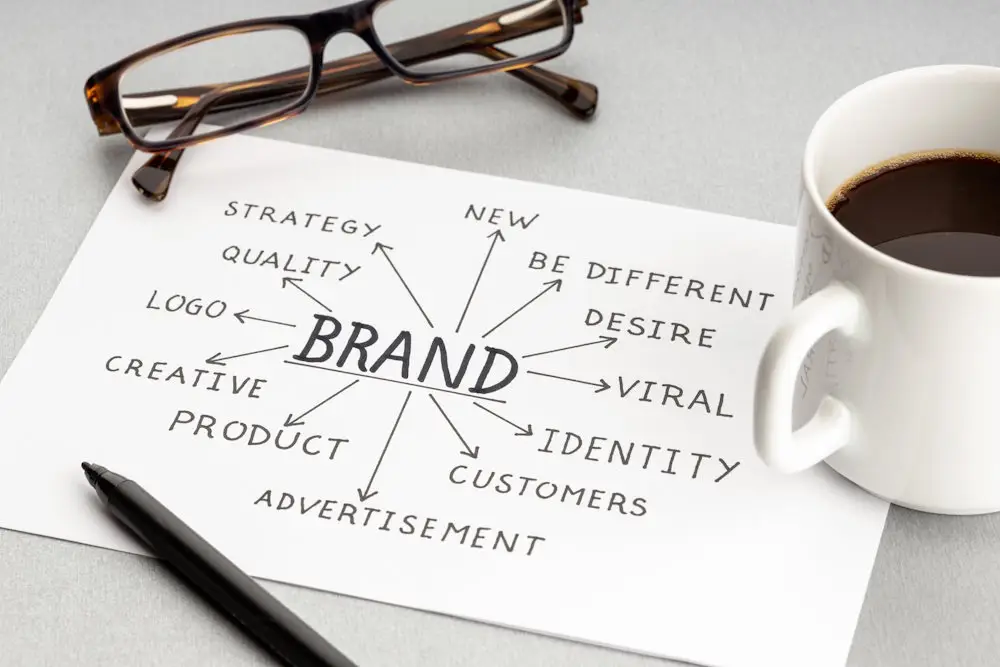In today’s digital landscape, your website serves as the virtual storefront of your business. It’s often the first point of contact between you and your audience, making it a crucial tool for building brand identity and establishing trust. In this blog post, we’ll explore the pivotal role of web design in shaping brand identity and fostering trust with your online audience.
The Power of First Impressions
Just as a physical storefront sets the tone for a customer’s experience with a brick-and-mortar business, your website sets the stage for how users perceive your brand online. Within seconds of landing on your site, visitors form opinions about your business based on its design, layout, and overall aesthetic. A well-designed website not only captivates attention but also communicates professionalism, credibility, and attention to detail – key elements in building trust with your audience.
Reflecting Brand Identity Through Design
Effective web design goes beyond aesthetics; it serves as a visual representation of your brand’s personality, values, and mission. From color schemes and typography to imagery and layout, every element of your website should align with your brand identity and resonate with your target audience. Consistency across all touchpoints – including your website, social media profiles, and marketing materials – reinforces brand recognition and fosters a sense of familiarity and trust with your audience.
Establishing Credibility and Authority
In today’s crowded digital marketplace, consumers are inundated with choices. To stand out from the competition and earn the trust of your audience, your website must exude credibility and authority. This can be achieved through clear and concise messaging, compelling content, and testimonials or case studies that showcase your expertise and track record of success. Thoughtfully designed trust signals, such as security badges, industry certifications, and customer reviews, reassure visitors that they’re in good hands and encourage them to engage further with your brand.
Enhancing User Experience and Navigation
A user-friendly website not only delights visitors but also instills confidence in your brand. Intuitive navigation, well-organized content, and fast-loading pages are essential for providing a seamless browsing experience that keeps users engaged and encourages them to explore further. Responsive design ensures that your website looks and performs flawlessly across all devices, further enhancing usability and accessibility – two factors that play a crucial role in building trust with today’s discerning online consumers.
Conclusion
Your website is more than just a digital placeholder; it’s a powerful tool for shaping perceptions, building relationships, and driving business growth. By investing in thoughtful web design that reflects your brand identity, communicates credibility, and prioritizes user experience, you can establish trust with your online audience and position your business for long-term success. Remember, in the digital age, trust is the currency of the internet – and your website is the key to earning it.

